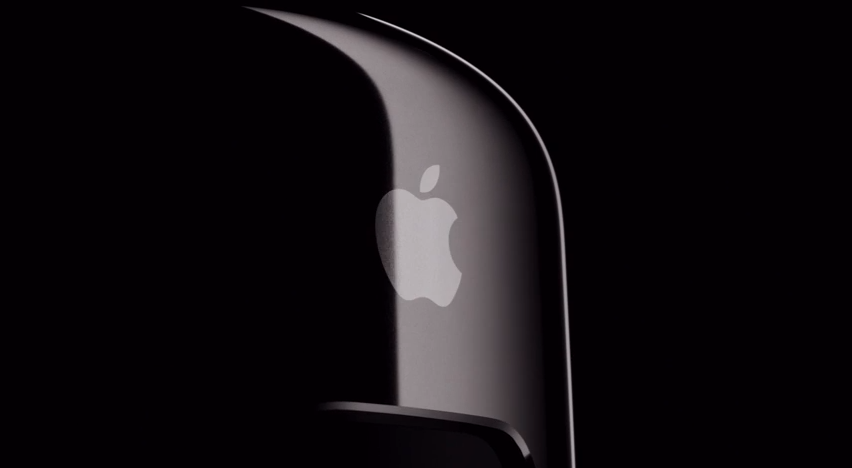
Apple has started running ads in theaters and on YouTube for the Mac Pro—a product that it preannounced in June. We now know it will come out this fall, according to the message that the clip closes with.
Is that too late, both for this model—and for the Mac Pro line? Could we be seeing the last gasp of Apple’s high-end desktop computers?
“A Bicycle For The Mind”
For years—at least it was true when I worked there—Apple’s standard pitch was that Mac users were more productive because your computer did not get in the way of getting your work done. People bought Macintosh computers because of what you could do with them—the famous “bicycle for the mind.”
Apple has become a lot more consumer-oriented after Steve Jobs came back to Apple and promised to never preannounce a product that was not ready to ship. (So much for that, with the Mac Pro’s all-steak, no-sizzle reveal at the Worldwide Developer Conference—and the months-long wait that followed.)
An Idea Whose Time Has Passed
Supercomputers on the desktop no longer drive Apple margins. iPhones and iPads are now the cash cow—and it seems like Apple is going low-end even in those categories to compete.
I’d argue that having a fast, powerful, top-of-the-line computer is still relevant to an important and vocal subset of Apple’s users. Arguably, putting a small amount of Apple’s R&D towards pleasing them could pay off across the board. In many cases, Apple has done a smart job of taking technologies from the Mac to the iPhone and back again. Today’s supercomputer will be tomorrow’s smartphone.
Unfortunately, Tim Cook’s team appears to believe the “idea” of the product is more important than the product itself.
The only good reason to announce a new version of a product that has had no significant form-factor update in 10 years and still doesn’t have a ship date suggests that what matters here is Apple getting to talk about the Mac Pro—not customers actually getting their hands on one.
For a company which now has a taste of self-doubt unlike in the days of Steve Jobs, “selling an idea” offers some advantages beyond the hope that this might help Apple regain its innovation mantle and help raise the stock price.
One advantage is you can get some great free feedback from customers and industry experts without actually having to get your hands dirty with customer advisory councils which Apple jettisoned years ago.
The second reason to preannounce is that you can gauge the market impact and interest in the product. That is probably important if you are going to the trouble of selling a product that can be mistaken for a fancy office trash can.
Reason number three for letting the Mac Pro out of the bag before it is even built is that you can figure out how high you can price the device.
Probably the biggest benefit for Apple is the hope of a customer frenzy developing before the product is released. However, that begs the question of how many customers remain for a product like the Mac Pro?
Yesterday’s Supercomputer
There aren’t many people out there outside the video-editing or simulations world who really need the power of a Mac Pro on the desktop. I think Apple gave up on marketing desktop supercomputers when they moved from PowerPC chips to putting cookie-cutter Intel inside.
Today’s Mac Pro would have been a supercomputer—in 2003. Nowadays, it doesn’t come close to ranking. Computing power has moved to the cloud.
(Full disclosure: My still-functioning dual G5 system was purchased in December 2004. I paid $1,795 for it, but because it doesn’t have Intel chips, it’s stuck on OSX 10.3.9.)
And highly produced videos aside, the Mac Pro won’t look great once you have a bunch of cables dangling out of it. My first reaction to the new Mac Pro was that it reminded me of the sub-woofer component on the 20th Anniversary Mac.
So Why Buy?
Half in jest, I can only conclude that Apple hopes its remaining Mac Pro customers have oniomania, “a passion or insane desire to buy things.” Given that Apple uses mostly industry-standard components in its PC line, and isn’t adding Pro-friendly features to its operating system, which is taking on more and more aspects of the simplified interface of its iPhones and iPads, oniomania might be the new Apple marketing strategy for professional customers.
Here’s the ad. You tell me if Apple is appealing to anything besides oniomania here:





















